Affiliate links on Android Authority may earn us a commission. Learn more.
7 smartphone trends that really should stop in 2021
December 27, 2020
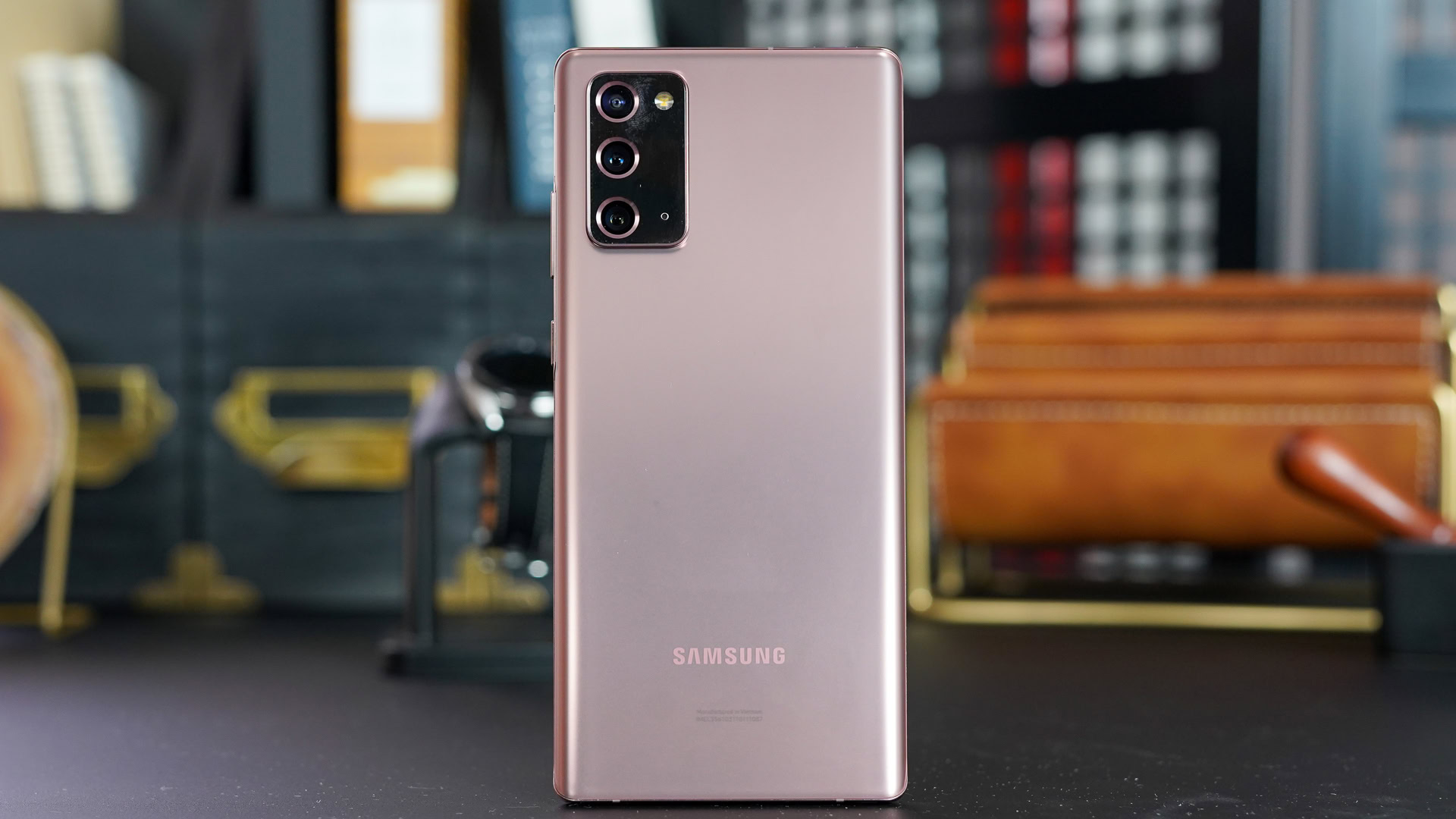
2020 was an important year for the smartphone industry in many ways. 5G became available to more than just flagship devices, we got foldables with improved durability, and mid-range phones took a major step up in features.
It wasn’t all great though. For every welcome industry move in 2020, there was a trend we wouldn’t like to see continued in 2021. Here’s our full list.
Slapping 5G on the end of every name
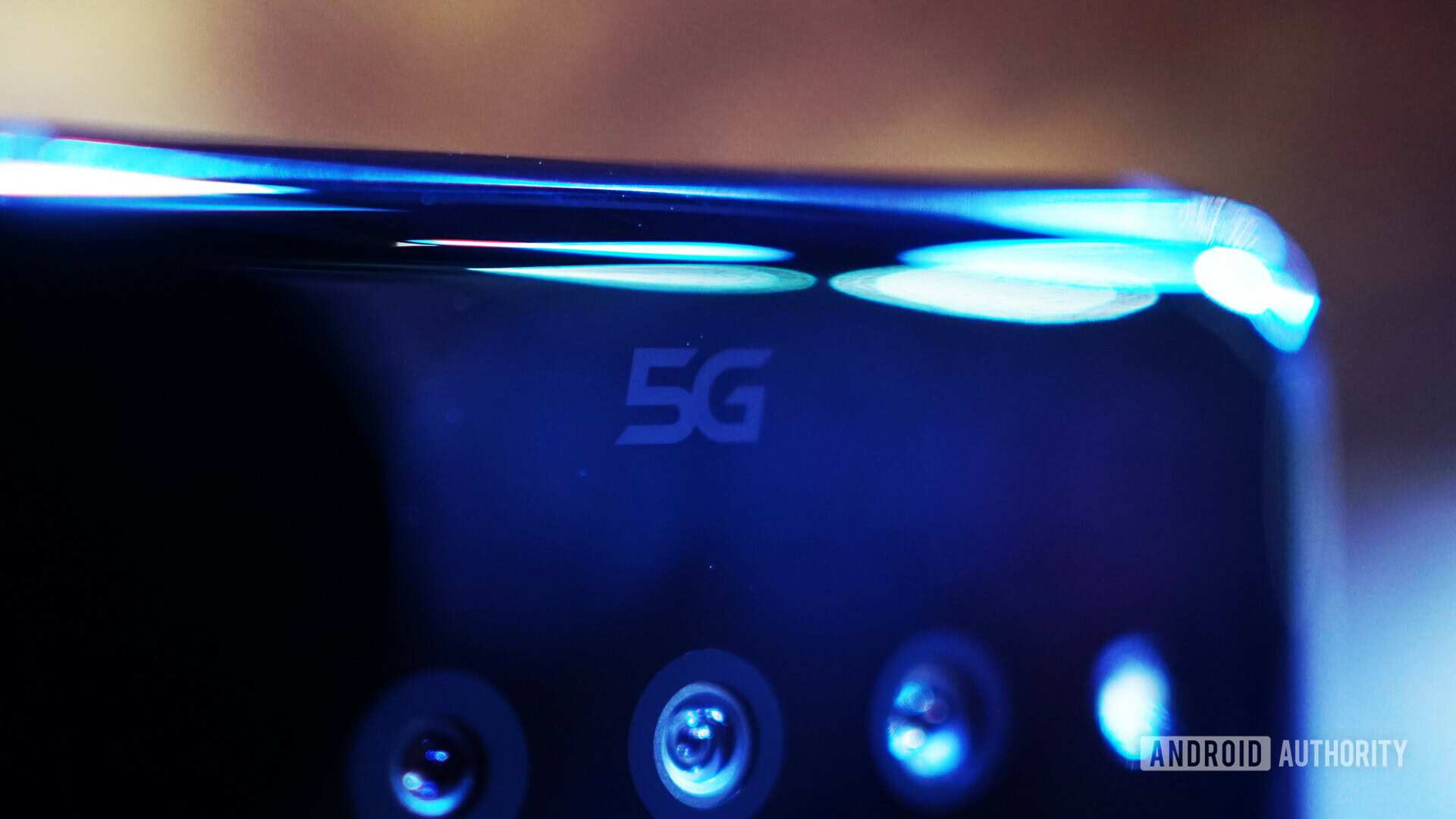
It’s understandable that we’d see phones receive a “5G” suffix in the first year or two of 5G’s global availability, but support has become commonplace among flagships today. Hopefully, manufacturers ditch this naming convention for high-end phones next year. As they’re set to become less common, wouldn’t it actually make more sense for brands to use the “4G” moniker to denote 4G models instead?
Read more: What to expect from 5G and 5G smartphones in 2020
Another silly trend seen in 2020 has been a move by Verizon. It went one step further and slapped “UW 5G” on its phones, denoting ultra-wideband or mmWave 5G coverage. Probably the worst name in this regard is the Nokia 8 V 5G UW. How about just calling it the Nokia 8.3 Verizon?
Stop using plastic/”glasstic” on $1,000 phones

We don’t have a problem with Samsung’s “glasstic” — the brand’s take on plastic that’s meant to feel more like glass. Our real issue, however, is that the firm opted to use glasstic on the $1,000 Galaxy Note 20.
It’s one thing to use a plastic design that looks and feels like plastic on a cheaper phone, but it’s another matter when you’re spending over $900 on a high-end device. We hope Samsung restricts this material to devices like the Galaxy A series and Galaxy FE/Lite models. Alternatively, we’d like to see the firm tweak the glasstic material to feel more like glass.
Another reason why we took issue with glasstic on the Note 20 is because Samsung didn’t actually beef up the phone’s spec sheet accordingly. I’m sure many consumers wouldn’t mind plastic if it meant the phone bagged a high refresh rate and/or more impressive cameras, but they didn’t get any of that.
Pointless 2MP cameras
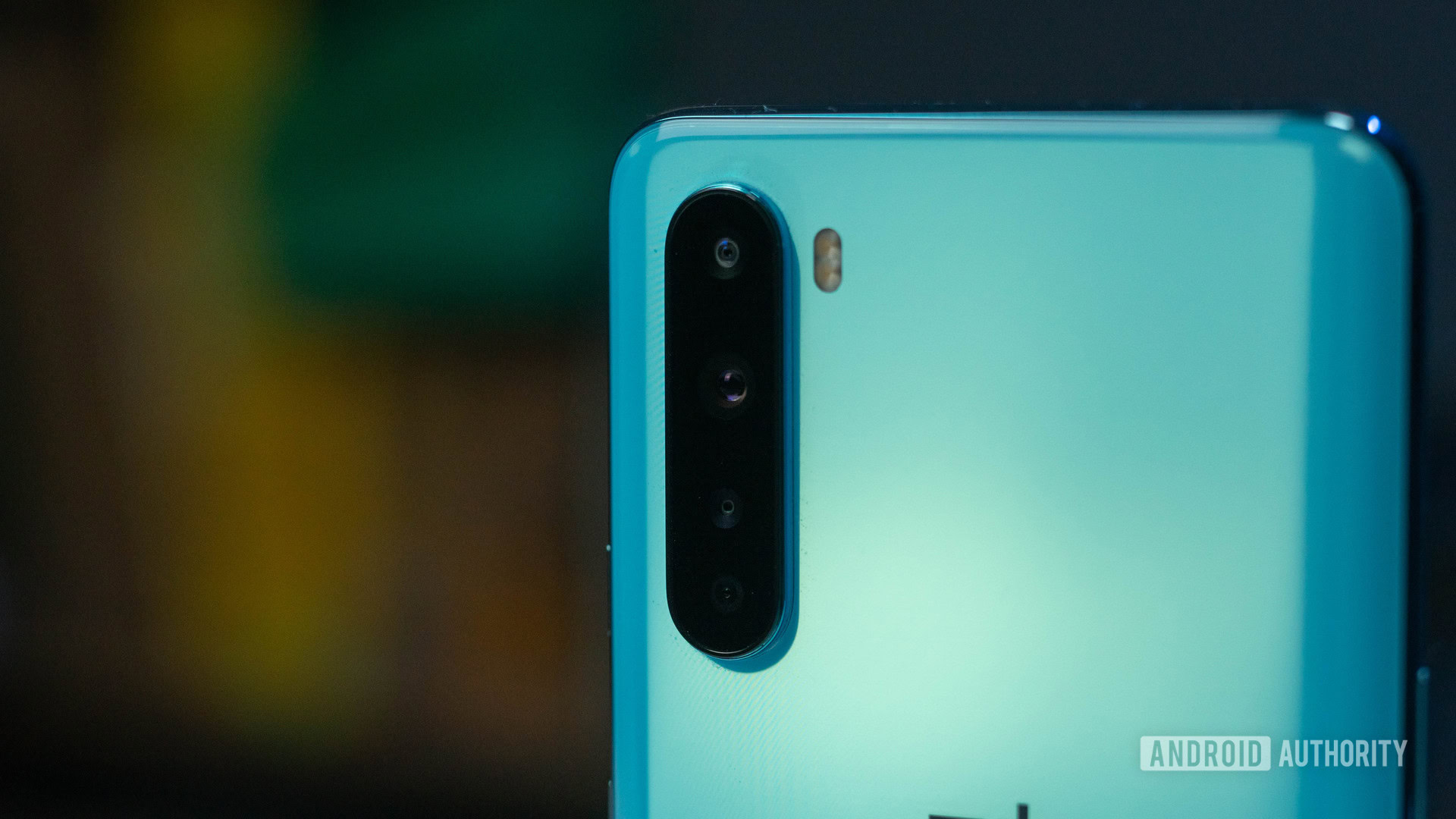
One of the most annoying camera trends in the last two years has been the use of low-quality 2MP sensors. It’s a transparent attempt to bump up camera numbers. We’ve seen everyone from Xiaomi and realme to Samsung and OPPO adopt this strategy, often using two 2MP cameras so they can brag about offering quad rear cameras.
See also: 2020 smartphone mega shootout — the best camera phones tested
We’d definitely like to see more brands decide on a quality over quantity approach for cameras in 2021. In other words, we’d like brands to improve their main, ultra-wide, or even macro cameras instead of simply adding more lenses. On the latter, if brands still insist on offering a macro lens, then hopefully we see higher resolution sensors with autofocus instead of token 2MP cameras.
Slow wired charging from lagging brands
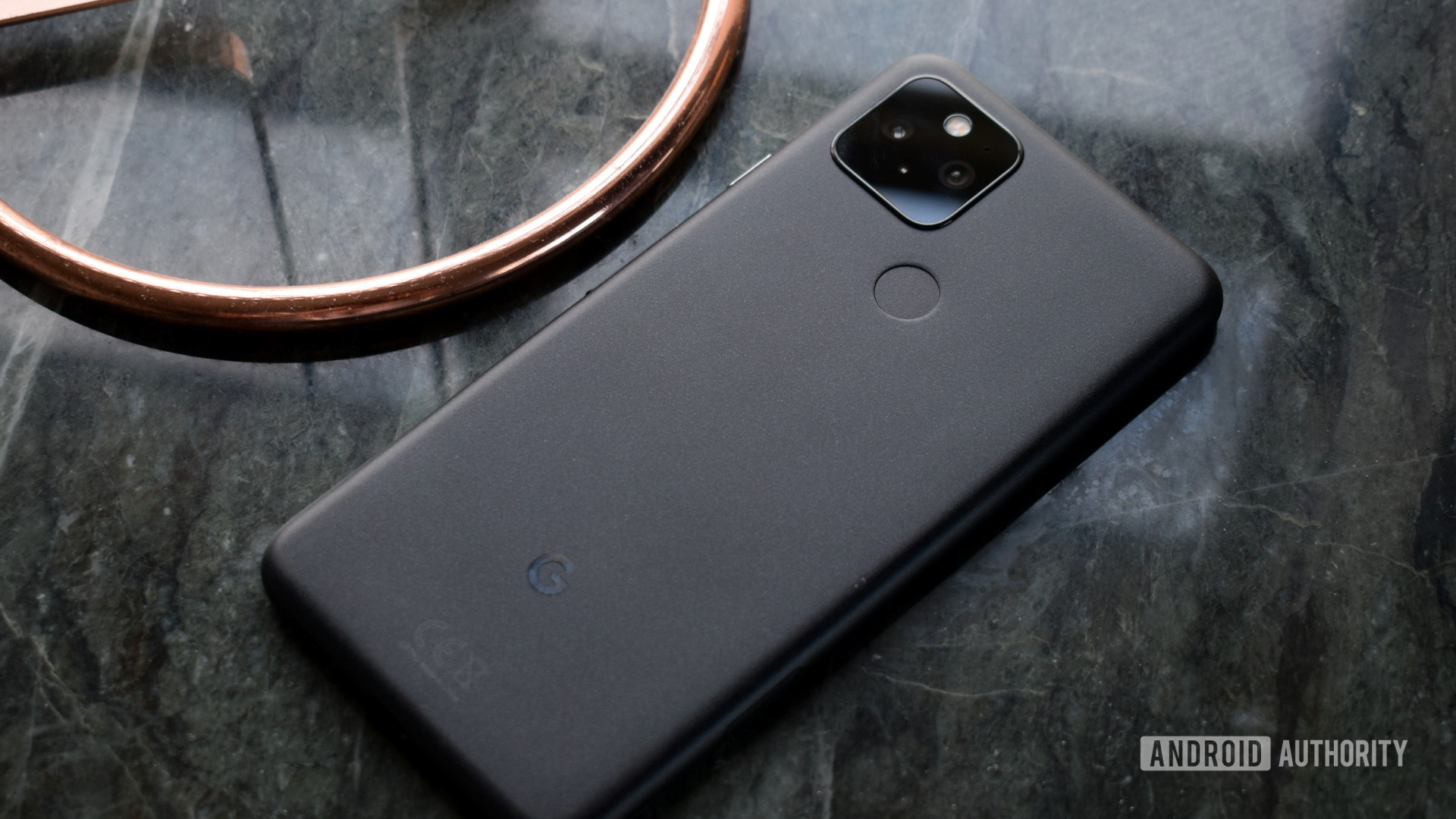
It’s hard to believe that you can actually buy phones with 65W or even 100W+ charging speeds in 2020, such as the Xiaomi Mi 10 Ultra and OnePlus 8T. What’s even harder to believe is that there are still flagship phones out there that don’t offer fast charging.
Related: The rise of ultra-fast charging — how 2020 changed the way we recharge our phones
Devices like the Motorola Edge Plus and Google Pixel 5 top out at a disappointing 18W, while the iPhone 12 series and LG V60 are a little faster at 20W and 25W, respectively. Either way, we’d like to see 30W+ charging from all major flagship smartphones as a trend in 2021.
Some consumers worry that fast charging could degrade the battery over time, but what’s to stop brands trickle charging from 80 to 90% onwards? After all, this is what several ultra-fast charging phones already do. OPPO also reportedly claimed that its Ace 2 battery degrades to 90% capacity after 800 cycles (i.e. two years) of 65W charging. Finally, brands could always ship a phone with fast charging but disable it by default if they really want to.
Poor update commitments
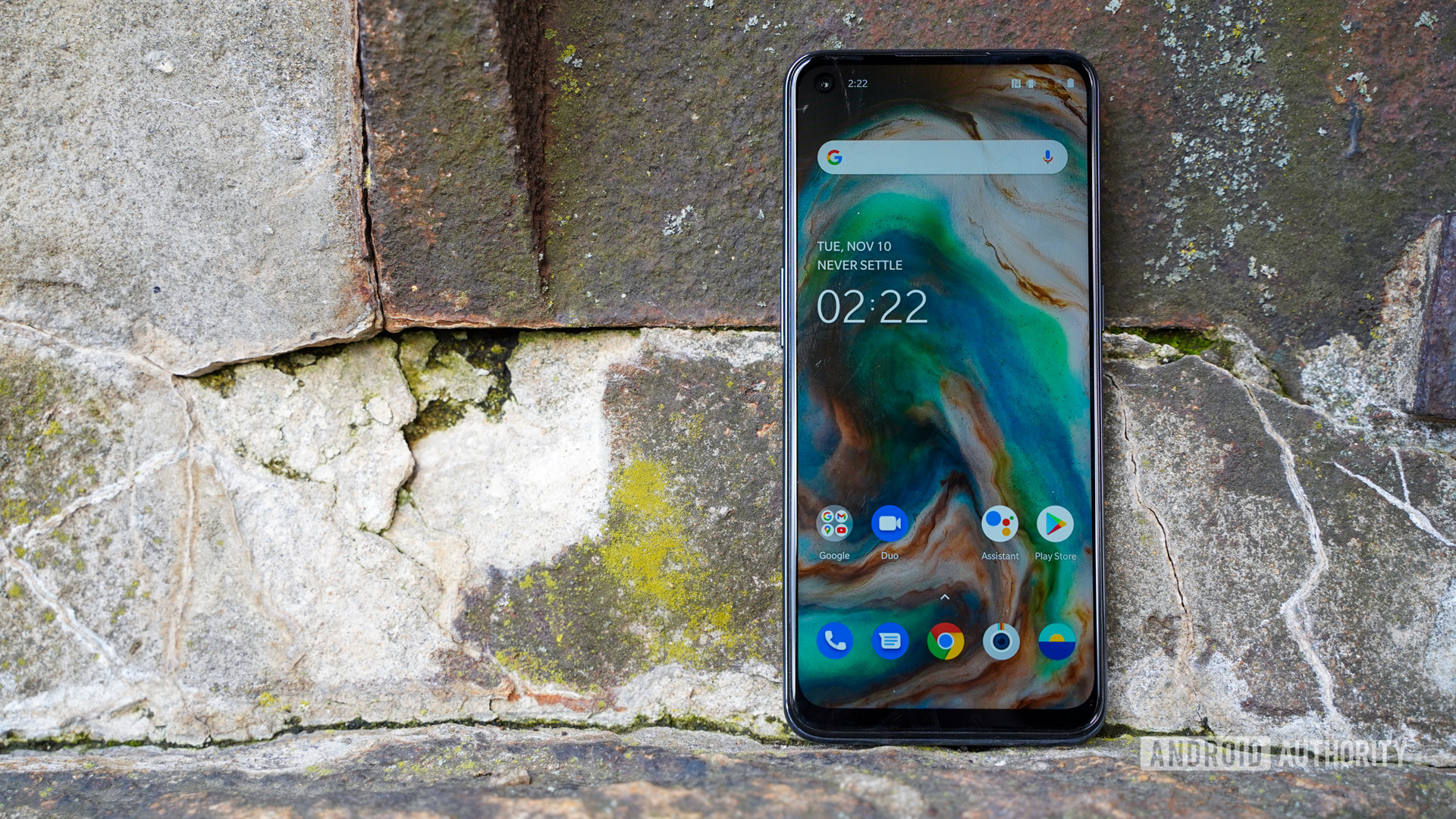
Google already commits to offering three years of system updates to its Pixel phones. Samsung also joined the club this year by offering a three-year commitment to Android version updates for some devices. That was one of the few bright spots in this regard in 2020.
The year saw OnePlus confirm just one update for its Nord N10 and N100 phones, while Motorola thought it could get away with pledging one version update for its $1,000 Edge Plus phone. Moto eventually changed tack and switched back to two version updates, but why did we need to go through this in the first place?
Between consumers holding on to their phones for a longer period of time and the economic uncertainty surrounding COVID-19, it only makes sense for more brands to stay committed to software updates.
Major price hikes for flagships
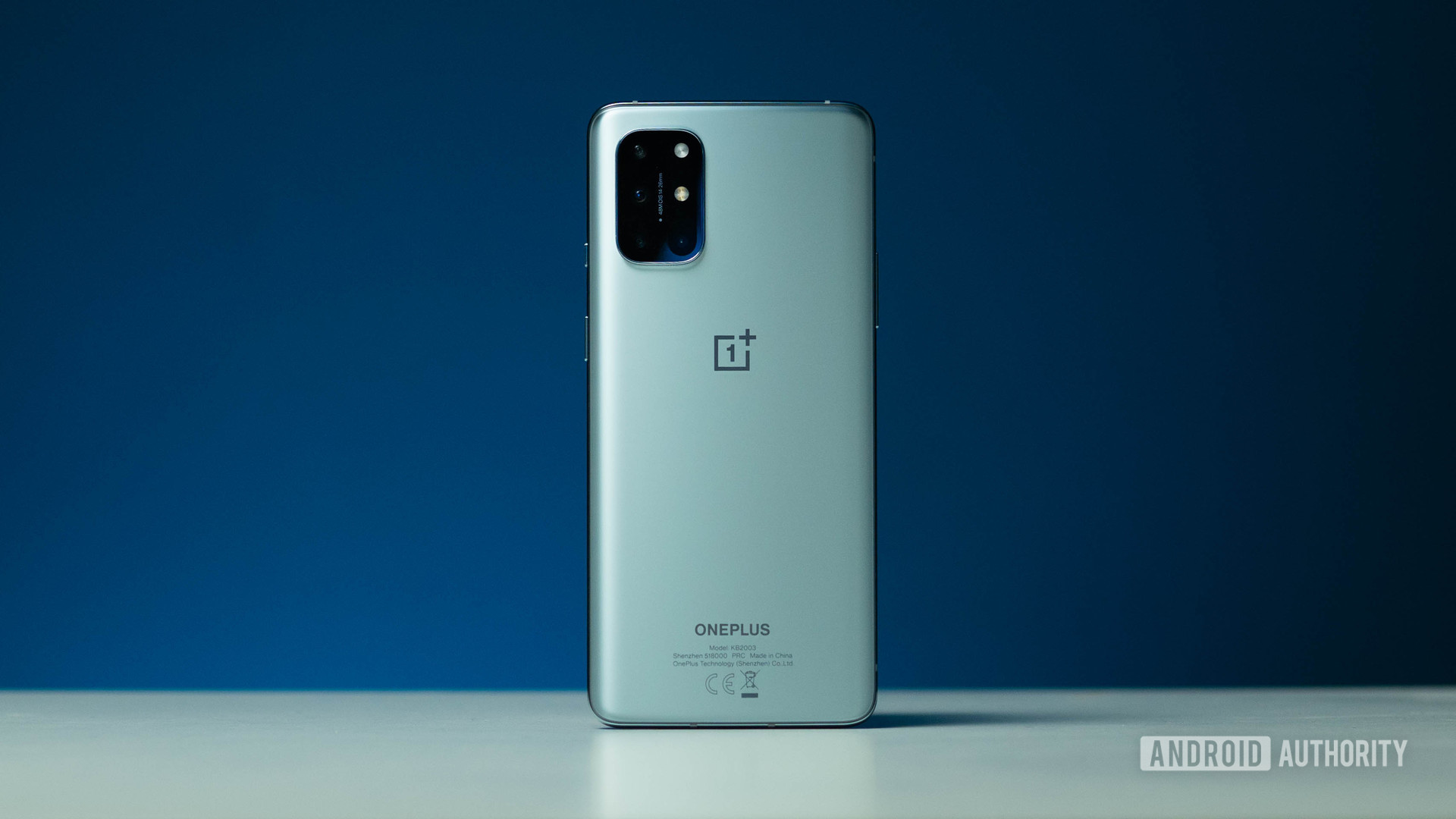
Xiaomi, realme, and OnePlus all offered 2020 flagships at a higher price than predecessors. Part of this is apparently due to higher flagship silicon prices this year. However, outside of some welcome surprises, it’s still rather disappointing to see a dearth of affordable flagship phones in 2020.
Read: The best 2019 flagship phones still worth buying in 2020
We’ve also seen mmWave versions of phones coming in at ~$100 more expensive than the standard 5G versions. Some examples of this include the Verizon versions of the OnePlus 8 and Pixel 4a 5G. Hopefully, we’ll see more sensibly priced flagship phones in 2021, but we’re not holding our breath for mmWave phones to come down in price.
Quality over quantity
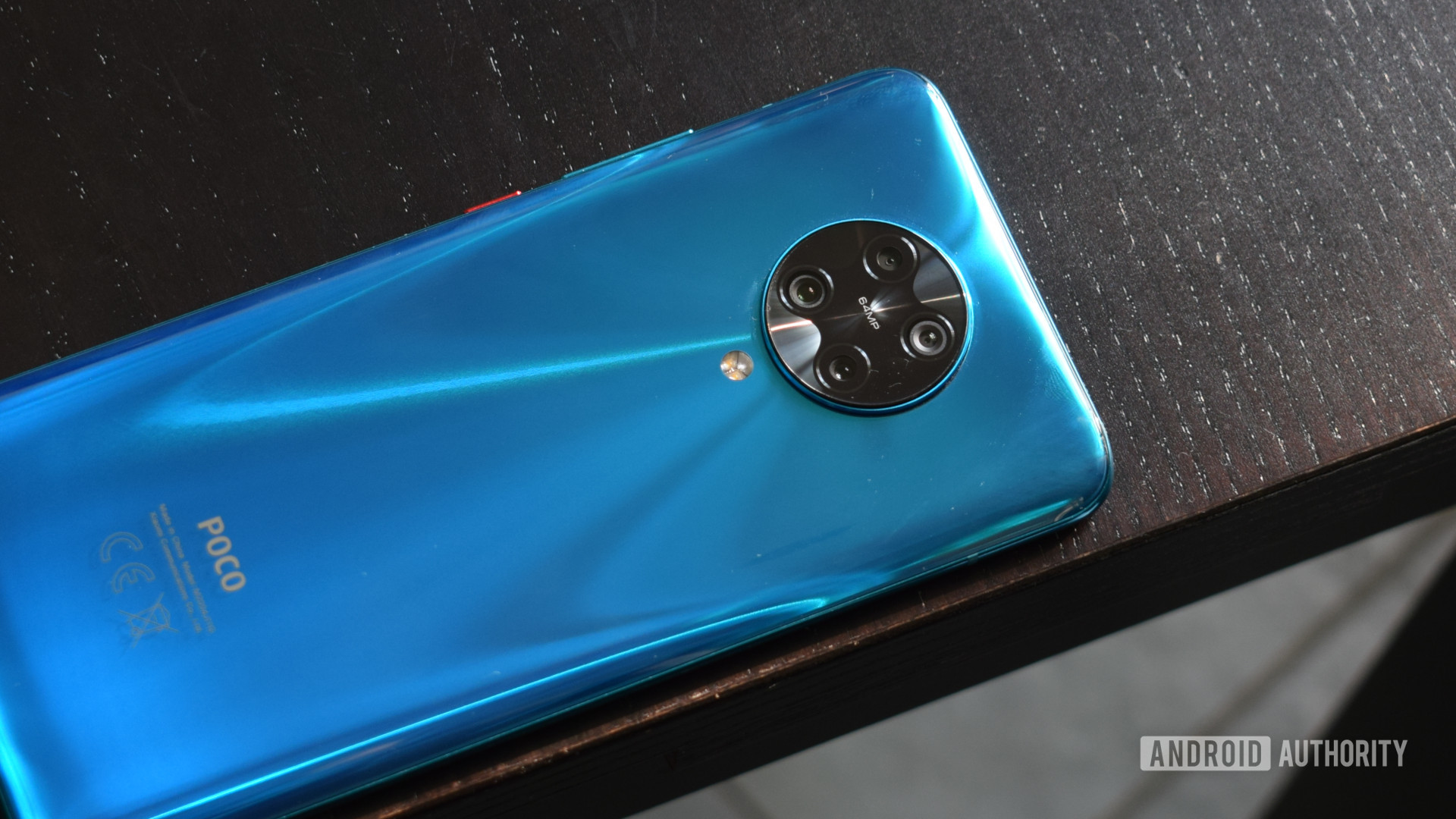
One of the more irksome trends in recent years is that many OEMs are offering a ton of phones with only minor differences between them. Do we really need to see all those realme Narzo series phones when the mainline realme phones offer a similar experience? Do we really need seven or eight Redmi 9 variants when half would do?
We’ve addressed it before, but we’d also like to see brands tone down the rebranding somewhat in 2021. Sure, there are occasionally good reasons for rebranding, but companies like Xiaomi certainly went overboard for its POCO brand. Even OnePlus couldn’t restrain itself with the N100 — essentially a rebadged OPPO A53.
Are there any other major smartphone trends you wouldn’t like to see in 2021? Let us know in the comments!
Thank you for being part of our community. Read our Comment Policy before posting.